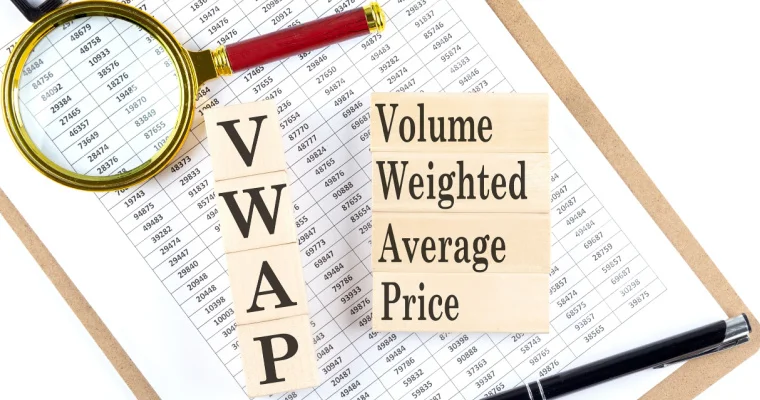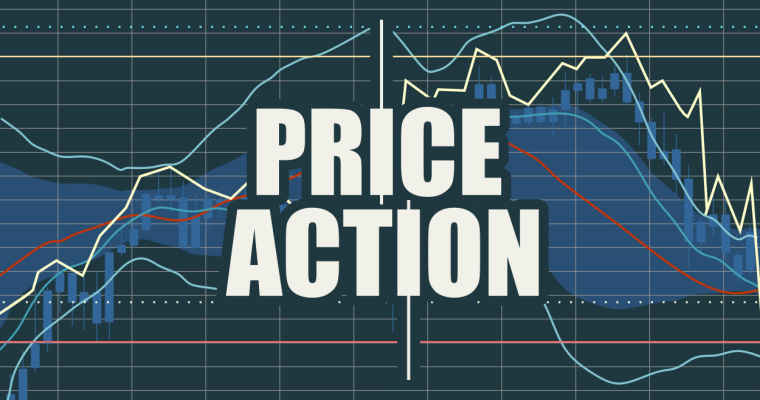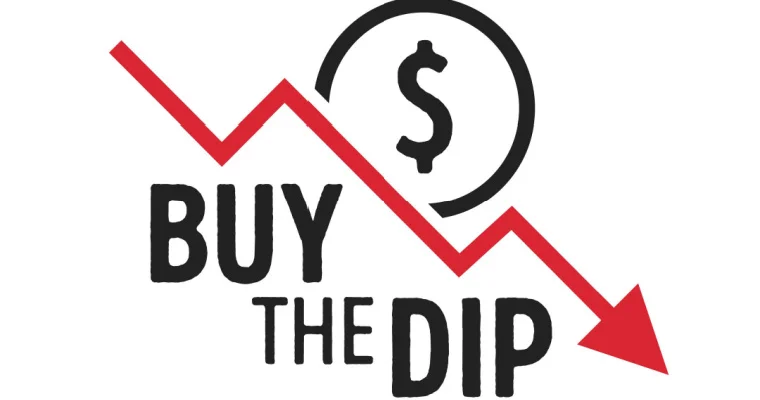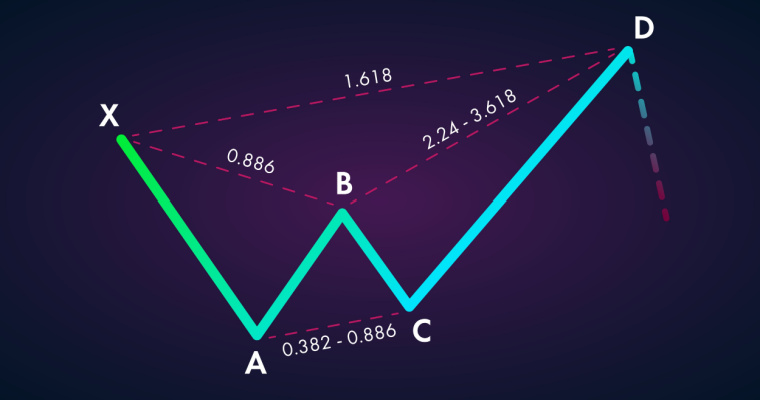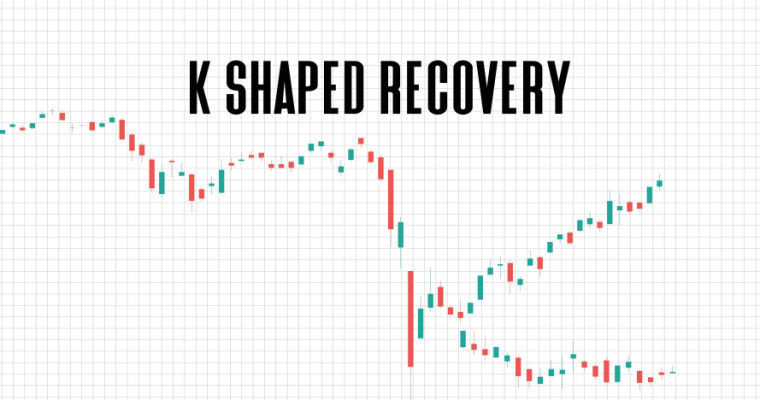Gordon Model – Meaning, Calculation, Benefits and Limitations

Gordon model is a quantitative tool to evaluate your investments made in stocks. To compute this value, it takes into account all future dividend payments discounted back to their present value. It allows you to estimate the intrinsic value of a stock by considering the cumulative value of future dividend payments on it.
Professor Myron Gordon, who used to teach at the University of Toronto, published this model in 1956. However, this model is ideally applicable for stocks of large, established and matured companies that have a record of consistent dividend payments to shareholders. Also, the growth rate of dividends plays an important role in the successful functioning of this Gordon model.
This article provides an easy-to-understand overview of the Gordon model – from its uses and examples to calculation and limitations. Read on!
Why is the Gordon Model Important?
Investors use the Gordon model to further many of their investment goals. The Gordon model of dividends helps in determining the relationship between the valuation of a stock and the expected returns generated from the same.
It exhibits how different variables like valuation, dividend growth rate, and dividend discount rate are closely interrelated. Moreover, it even considers the sensitivity of the valuation to changes occurring in the discount rate, which depicts a definite relationship between the two.
All these things help investors to make informed and rational decisions regarding their investments. It also gives a fair idea of whether stocks are overvalued or undervalued.
What is the Gordon Growth Model Formula?
Gordon growth model formula is as follows:
Gordon model = Dividend per share upcoming period / (Rate of return – Growth rate of dividend)
Here, dividend per share is the amount that shareholders may receive on a per-share basis. It is the value of each dividend for every common share issued.
The rate of return is the required rate of return that investors should receive when they put their money in stocks of the company after considering other opportunities with similar risk and reward.
The growth rate of a dividend is the annual rate of growth that a dividend will experience. For single-stage Gordon models, you can assume a constant rate of growth.
After using the above-mentioned formula, you will find out the intrinsic value of the respective stock. This will help you to evaluate your investment idea and estimate future gains.
Example of the Gordon Model
Now that you are well aware of the meaning and formula of this growth model, let’s consider an example that will bring more clarity to conceptual understanding.
Suppose you have invested in stocks of Alphabet Inc (parent company of Google). The per-share dividend on these stocks comes out to $5. Based on your analysis, you expect or require returns at the rate of 10%, and the dividend growth rate of this stock is 8%. Therefore, using the formula of Gordon model of dividends, we can compute the intrinsic value of Alphabet’s stocks:
Intrinsic Value of Alphabet Inc. Stock= 5/ (0.10-0.08)
= 5/(0.02)
= $250
Therefore, intrinsic value comes out to be $250. In case the spot price of this stock trades at a higher price point than this value, it indicates an overvalued stock, and you should sell this stock as soon as possible.
On the other hand, a price point below the computed value indicates an undervalued stock. You should hold the stock as it may give sufficient gains in the future. Moreover, if the stock price point is similar to this value, it signifies a fair valuation.
How to Calculate Using Gordon Model?
We will move to understand the calculation part of this model. Again, consider that you have invested in the stock of a well-established multinational company that gives consistent dividends to its shareholders. You are eligible to receive a dividend per share value at the end of the current year amounting to Rs. 4. The required return rate to sail through this investment is 8%, and you are expecting a growth of dividends at the rate of 7%.
Putting these variables in the Gordon growth model formula, we get: 4/ (0.08-0.07)
= 4/ 0.01
= Rs.400
Using the Gordon growth model calculator, we conclude that the intrinsic value of that stock is Rs.400.
Also Read
How to Use the Gordon Growth Model?
For the successful operation of this formula, you should determine the three variables necessary for operationalisation. These are dividend per share for next year, rate of return and dividend growth rate.
To determine the dividend per share expected next year, you can see dividends received in previous years and assume the same growth in dividends for next year. Next, you need to compute the dividend growth rate. You can use the long-term average growth of dividends or projected dividend growth from data made accessible to shareholders by companies.
Another variable that you must determine is the required rate of return. You can use similar investment opportunities to get an idea about the returns. It is imperative that you must convert these rates into decimals from percentage values before putting them to use.
The final step is putting all these variables as per the formula and doing the necessary calculations to derive the intrinsic value of the concerned stock.
What Are the Benefits of Using the Gordon Model?
Some benefits of this model are as follows:
• Easy to Use
This model is quite easy to use and understand. Calculations under this model are not at all difficult, and the determination of variables is also easy to comprehend. Using the formula, you will get a value which you can further analyse and make investment decisions based on that.
• Flexibility
Another advantage associated with this model is flexibility. Apart from commonly using these for stocks, you can also use it for other assets like real estate, debt securities, annuities, etc. However, the asset must have a quantitative growth rate and definite yield.
• Wide Scope
You can use this model for a diverse range of companies, irrespective of the size of the field of operation. The only criterion is that the company must have a definite pattern of dividend payments. Even companies can also use this model to ascertain the value of other firms and decide on mergers and acquisitions.
What Are the Limitations of the Gordon Model?
Here are some limitations that hinder investors from realising its true potential:
• Non-dividend Factors
One big drawback of this model is that it ignores non-dividend factors, which may be equally important in determining the value of their stock. It includes brand loyalty, customer retention, patents, goodwill, trademarks, etc. The exclusion of these factors does not provide a true picture of intrinsic value.
• Negative or Undefined Value
The formula works on mathematical numbers. In case the required rate of return is lower than the dividend growth rate, it will result in a negative intrinsic value. Apart from this, when both the dividend growth rate and rate of return are equal, it will give zero denominators. All these scenarios may render the model and the formula useless.
Also Read
Final Word
Gordon model of growth is an efficient tool for estimating the intrinsic value of stocks and making investment decisions. An overvalued or undervalued stock, as per this model, can trigger corrective steps which will save you from losses or provide handsome gains in the future. However, in addition to the intrinsic value, investors should research other aspects of stock before going ahead with any investment decision.
FAQs
Ans: Gordon dividend growth model works on several assumptions. It includes that the company is an all-equity one; it sources its investments from retained earnings only. The cost of capital, rate of return and retention ratio should be constant. Moreover, the life of the company should be indefinite.
Ans: It will give you an idea regarding what should be the value of your investment after considering future returns that you are bound to receive. It gives you a signal on whether to continue in the stock or exit.
Ans: This model comes with three different variations. They are as follows:
1. 2-stage model: It assumes that dividends grow at a fixed rate during the initial years before transitioning to a different growth trajectory.
2. 3-stage model: It assumes an aggressive dividend growth rate in the first phase, followed by an incremental rate of growth and, finally, a stable rate of growth of dividends.
3. H model: It includes both terminal and starting growth rates of dividends.
Ans: The Gordon model only works if the expected rate of returns is greater than the constant growth rate that is assumed by the investor. The growth rate can be a negative value which implies that the value of dividends has been declining at a steady pace.
Ans: To use the Gordon model, one needs to assume that a company is going to be in a constant growth phase and offer increasing dividends periodically. This assumption is a major problem as most companies do not have their dividends increase at a constant rate. Hence, the model might not provide accurate results all the time.
This article is solely for educational purposes. Navi doesn't take any responsibility for the information or claims made in the blog.Disclaimer

Customer’s Feedback
No comments found.Illiquid Stocks Guide: Definition, Examples, and its Working
Illiquid stocks are part of a long-term investment strategy that is appropriate for investors who a... Read More »What is Shooting Star Candlestick Pattern in Trading?
The shooting star candlestick pattern is considered to be a bearish reversal candlestick ... Read More »What is VWAP Indicator and How to Use it for Trading
The VWAP indicator shows the volume-weighted average market price of a particular stock. You can us... Read More »What is Price Action Trading: Its Strategy, Stop Loss and Profit Targets
Price action trading is a methodology in which the trader solely relies on analysing a security’s... Read More »What is Buy the Dip Strategy in Trading – Working and Example
‘Buy the dip’ is one of the most common phrases in the stock market. It is sort of a go-t... Read More »What is the Black Scholes Model – Formula, Calculation and Assumptions
Among the important concepts in modern financial theory, the Black Scholes model, developed in 1973... Read More »What is Iron Condor and What are its Strategies?
Iron Condor is an options trading strategy that involves four options with the same expiration date... Read More »What is Harmonic Pattern and How Does it Help in Trading?
Harmonic patterns are one of the most efficient and effective trading patterns. Although they are m... Read More »What is a Contract Note and Why is it Important?
Contract note is a legal document containing the details of every stockbroker's trade on a stock ex... Read More »What is K-shaped Recovery: Indication, Example and
Economies go through multiple phases in business cycles. One such phase is a recession which is mar... Read More »Guide to Book Building – Its Types, Benefits and Process
Initial public offerings (IPOs) are priced as specified by their underwriters. The process by which... Read More »Support and Resistance in Trading: Working, Strategies, Uses and Example
Support and resistance are two of the most significant and practical concepts in technical analysis... Read More »Top 10 Chit Fund Schemes in India in 2023
Chit funds are one of the most popular return-generating saving schemes in India. It is a financial... Read More »10 Best Gold ETFs in India to Invest in April 2023
Gold ETFs or Gold Exchange Traded Funds are passively managed funds that track the price of physica... Read More »10 Best Demat Accounts in India for Beginners in 2023
Creation of Demat accounts revolutionised the way trades were conducted at the stock exchanges. It... Read More »20 Best Index Funds to Invest in India in April 2023
What is an Index Fund? An index fund is a type of mutual fund or exchange-traded fund (ETF) that... Read More »Best Arbitrage Mutual Funds to Invest in India in April 2023
Arbitrage funds are hybrid mutual fund schemes that aim to make low-risk profits by buying and sell... Read More »10 Best SIP Plans in India to Invest in April 2023
What is SIP? SIP or Systematic Investment Plan is a method of investing a fixed amount in ... Read More »10 Best Corporate Bond Funds in India to Invest in April 2023
Corporate bond funds are debt funds that invest at least 80% of the investment corpus in companies ... Read More »10 Best Bank for Savings Account in India [Highest Interest Rate 2023]
Savings account is a type of financial instrument offered by several banks. It lets you safely depo... Read More »
















